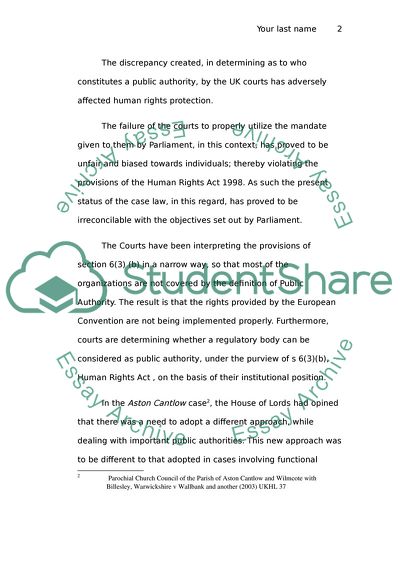Cite this document
(“Role of Courts in Fulfilling the Objectives of the Human Rights Act 19 Research Paper”, n.d.)
Role of Courts in Fulfilling the Objectives of the Human Rights Act 19 Research Paper. Retrieved from https://studentshare.org/law/1544158-human-rights-essay
Role of Courts in Fulfilling the Objectives of the Human Rights Act 19 Research Paper. Retrieved from https://studentshare.org/law/1544158-human-rights-essay
(Role of Courts in Fulfilling the Objectives of the Human Rights Act 19 Research Paper)
Role of Courts in Fulfilling the Objectives of the Human Rights Act 19 Research Paper. https://studentshare.org/law/1544158-human-rights-essay.
Role of Courts in Fulfilling the Objectives of the Human Rights Act 19 Research Paper. https://studentshare.org/law/1544158-human-rights-essay.
“Role of Courts in Fulfilling the Objectives of the Human Rights Act 19 Research Paper”, n.d. https://studentshare.org/law/1544158-human-rights-essay.


